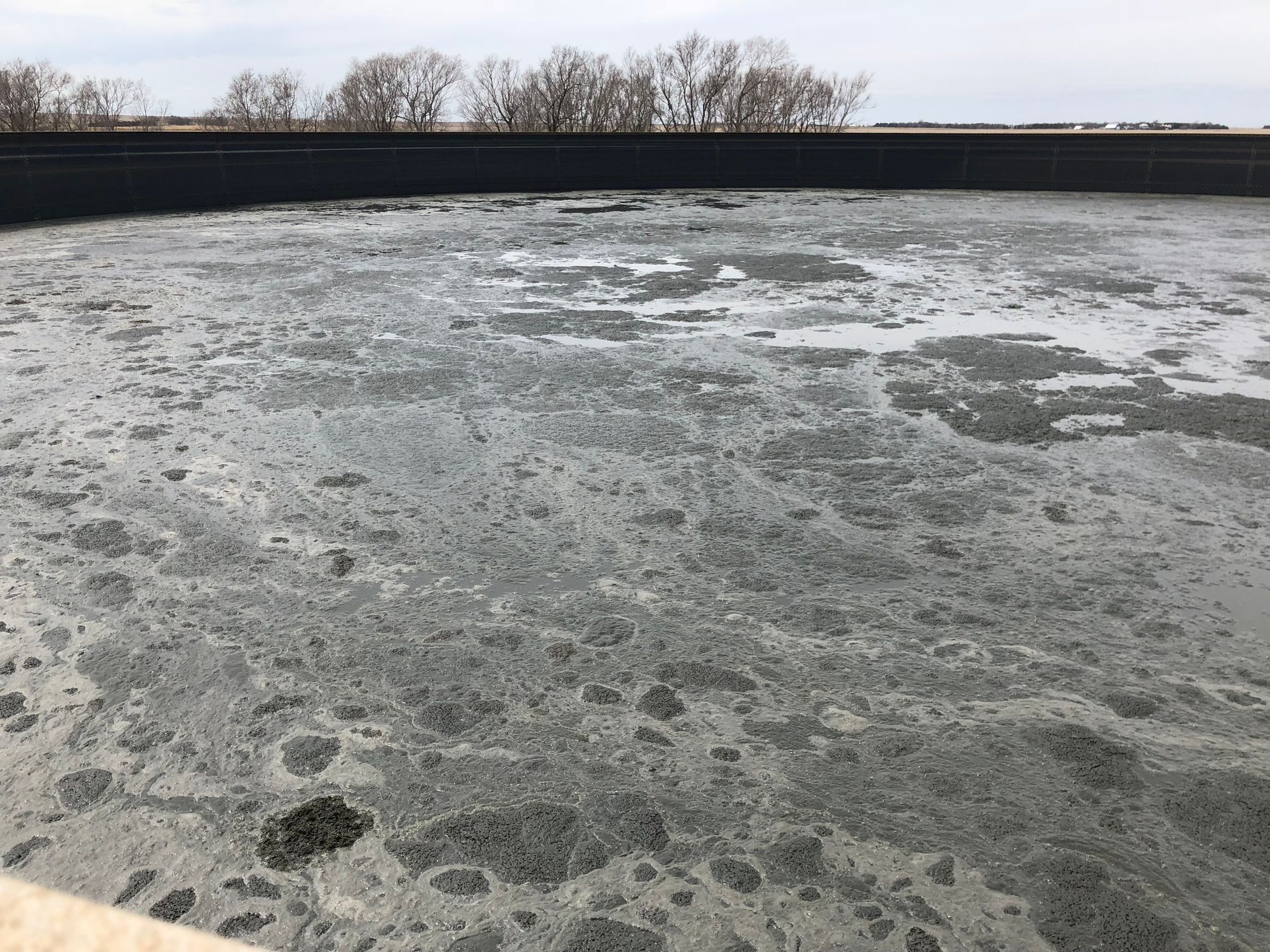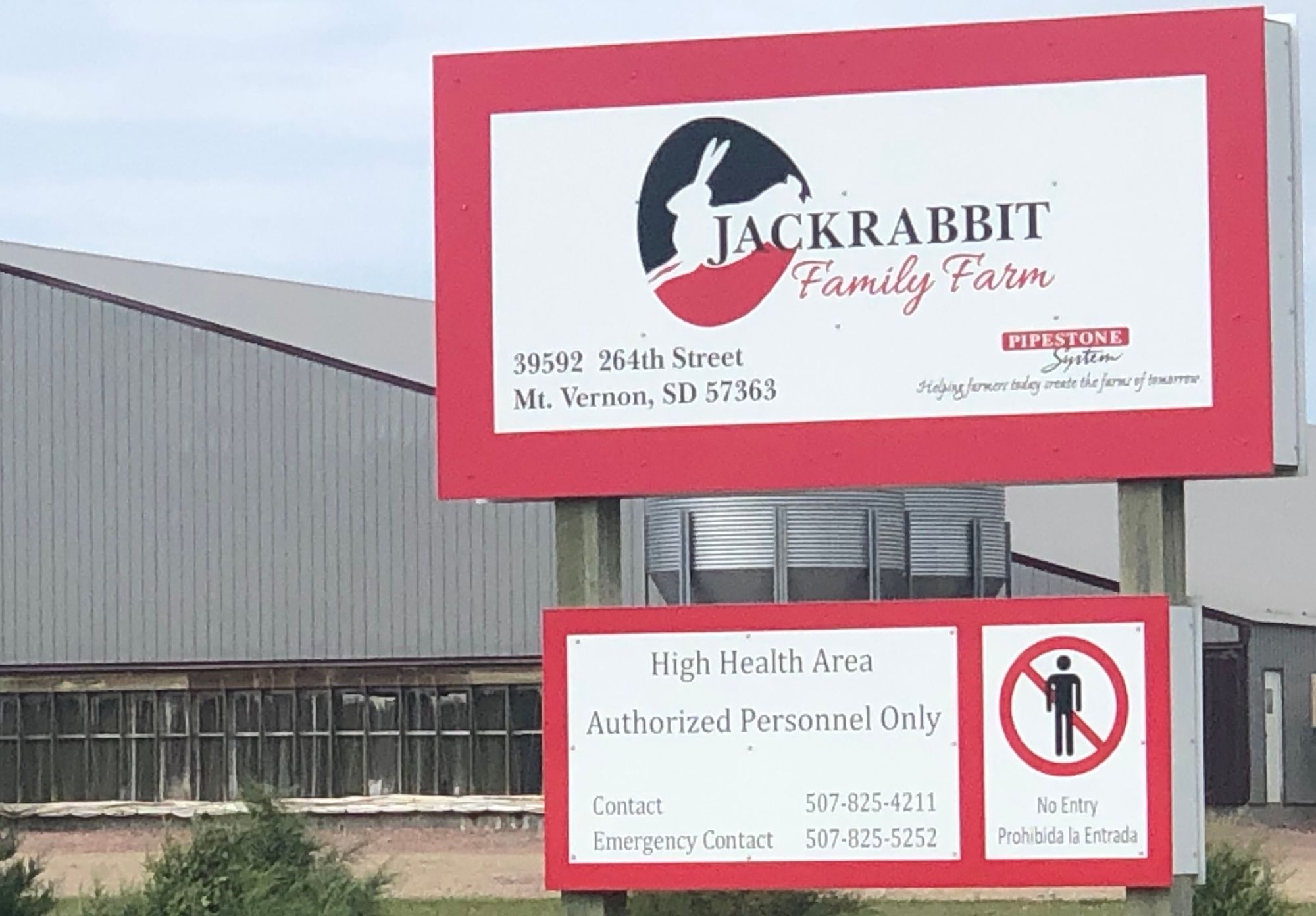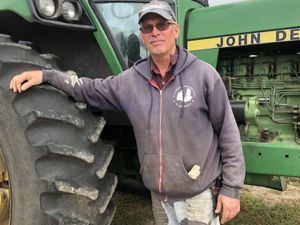A growing body of research into the rising number of concentrated animal feeding operations across the United States reveals deepening concerns over impacts on human health and the environment.
The high concentration of manure and other wastes created by animals housed in confined areas — and the storage and spreading of those wastes — is the chief source of worrisome effects.
CAFOs emit strong odors that emanate beyond the borders of the barns, and emissions includes gases such as ammonia and hydrogen sulfide that can be harmful to humans.
David Osterberg, a former Iowa lawmaker who is co-founder and now a researcher with the Iowa Public Policy Project, said his group has uncovered numerous research studies that show large livestock farms have a negative impact on the health of both workers and neighbors.
“The data is pretty good,” he said. “We found plenty of health effects on people working inside them, and we also found that when it comes to CAFOs, neighbors do suffer health effects.”
The antibiotics used in the feed provided to animals in CAFOs are also concerning to some in the medical field who worry about the rise of antibiotic-resistant organisms that can sicken or kill human beings. Meanwhile, numerous animal-rights groups decry the treatment of animals in large livestock operations that confine animals indoors.
Here is a review of some of the research and reports regarding CAFOs.

Antibiotics, poor air and animal treatment concerns
The National Association of Local Boards of Health said in a 2010 report that antibiotic use in animal feed has increased as more animals are being raised in CAFOs.
Farmers use antibiotics in feed to keep animals healthy and to prevent potentially disastrous infections and die-offs of large numbers of animals kept in confined areas.
In the report “Understanding Concentrated Animal Feeding Operations and Their Impact on Communities,” which was sanctioned by the federal Centers for Disease Control and Prevention, researchers found that 70% of antibiotics used annually in America were given to beef cattle, hogs and chickens in their feed at the time of the study. Furthermore, the researchers noted that nearly half of those antibiotics are the same as those used to treat human illnesses. They found strong evidence that antibiotics in animal feed are transferred to humans and leading to a growing number of antibiotic-resistant organisms.
“Resistant strains of pathogenic bacteria in animals, which can be transferred to humans through the handling or eating of meat, have increased recently,” the report noted. “This is a serious threat to human health because fewer options exist to help people overcome disease when infected with antibiotic-resistant pathogens. The antibiotics often are not fully metabolized by animals, and can be present in their manure. If manure pollutes a water supply, antibiotics can also leech into groundwater or surface water.”
That same report analyzed studies of air quality both inside and outside CAFOs, and found that airborne emissions can cause health problems for workers at CAFOs and among people who live nearby.
The main emissions of concern are ammonia and hydrogen sulfide, both of which can cause respiratory and soft-tissue damage, and particulate matter that can reduce lung function and cause chronic bronchitis.
One study found that 30% of CAFO workers had some form of respiratory illness, while another found that children — who take in more air than adults — are highly susceptible to illnesses related to airborne emissions from CAFOs.
“Researchers in North Carolina found that the closer children live to a CAFO, the greater the risk of asthma symptoms,” the report said. “There is consistent evidence suggesting that factory farms increase asthma in neighboring communities, as indicated by children having higher rates of asthma.”
Beyond asthma, the report said, “Other health effects of CAFO air emissions can be headaches, respiratory problems, eye irritation, nausea, weakness, and chest tightness.”
CAFOs are routinely attacked by animal-rights organizations that say keeping livestock in confined areas is inhumane and cruel.
Even some scholarly research entities use harsh terms to describe animal treatment within CAFOs.
In 2011, for example, the Animal Legal & Historical Center within Michigan State University noted in a research paper that “CAFOs raise animal welfare, environmental degradation, and human health concerns. In terms of animal welfare, one of the greatest concerns is the close confinement and crowdedness of the animals. These conditions create boredom and stress in the animals, as well as physical and mental illnesses.”

Environmental damages documented
Throughout their history, CAFOs have a somewhat checkered past when it comes to leaks, spills and regulatory violations.
In 1993, manure seepage from dairy feedlots was blamed in part for contamination of waterways that fed into Lake Michigan near Milwaukee, Wis., leading to an outbreak of cryptosporidium that sickened 400,000 people.
A 2016 analysis of state records in Illinois by the Chicago Tribune found that leaks and spills from hog CAFOs had killed more than 490,000 fish in 67 miles of rivers during a 10-year period.
In North Carolina, the state where concentrated hog farming began in earnest roughly 40 years ago, several environmental disasters have taken place. Heavy rains from Hurricane Floyd in 1999 drowned millions of chickens and more than 100,000 hogs, sending manure and carcasses flowing into state waterways. The state still has more than 3,300 uncovered manure lagoons, which are prone to overflowing in heavy rains. That occurred as recently as September 2018 when Hurricane Florence brought a deluge that led an estimated 60 lagoons to overflow or suffer structural damage and spillage.
Iowa has seen its share of CAFO failures, too. According to data from the Iowa Department of Natural Resources Enforcement Database, the state had 307 recorded manure spills in the decade from 1992 to 2002, about half of which were due to equipment failures or overflow of storage structures. A report compiled by the Iowa Citizens for Community Improvement documented 800 accidental manure releases from CAFOs onto land or into waterways in Iowa from 2000 to 2017.
Spills into waterways from CAFOs in South Dakota have been relatively rare, though state records show that large livestock operations have averaged about 20 violations of state regulations a year over the past decade.
CAFOs in South Dakota have been the subject of 194 complaints from the public from 2010 to 2019, about two per month. State regulators review all complaints and take corrective or enforcement action when necessary.
According to data obtained through a public-records request by News Watch to the DENR, permitted CAFOs in South Dakota violated state regulations 217 times from October 2009 to August 2019. The list of violations does not include those referred to the state Attorney General’s Office and that have not yet been adjudicated.
In its response to the records request, the DENR stated that, “Overall … compliance has been outstanding,” with only “small manure discharges that have resulted in little or no environmental damage.”
The records show that the state took 64 enforcement actions and levied $207,000 in fines on CAFO operators during that roughly 10-year period. Leaks, spills or runoff incidents led to CAFO wastes making their way into state waterways on nine occasions during that time.
Some of the most serious violations and largest fines documented include:
- A $14,432 fine levied in February 2012 against the Shortfoot Calf Ranch in Marshall County for discharging wastes into a creek and for modifying a manure-management system without state approval.
- A $12,902 fine levied in April 2019 against the Spring Tree and Spring Valley hog-finishing farms in Turner County for numerous violations including discharging wastewater to a state waterway, land-applying wastes to frozen ground and unapproved fields, and failing to maintain records.
- A $10,590 fine levied in July 2014 against the Modak Dairy in Codington County for discharging manure into Willow Creek, land-applying wastes in unapproved areas, and confining animals in unapproved areas.
- A $5,202 fine levied in September 2014 against the Spink Colony multi-animal CAFO in Spink County for discharging pollutants into a tributary of the James River through an unapproved overflow pipe.





